MR VLT Is The Country's Best VL Turbo, There's No Denying It
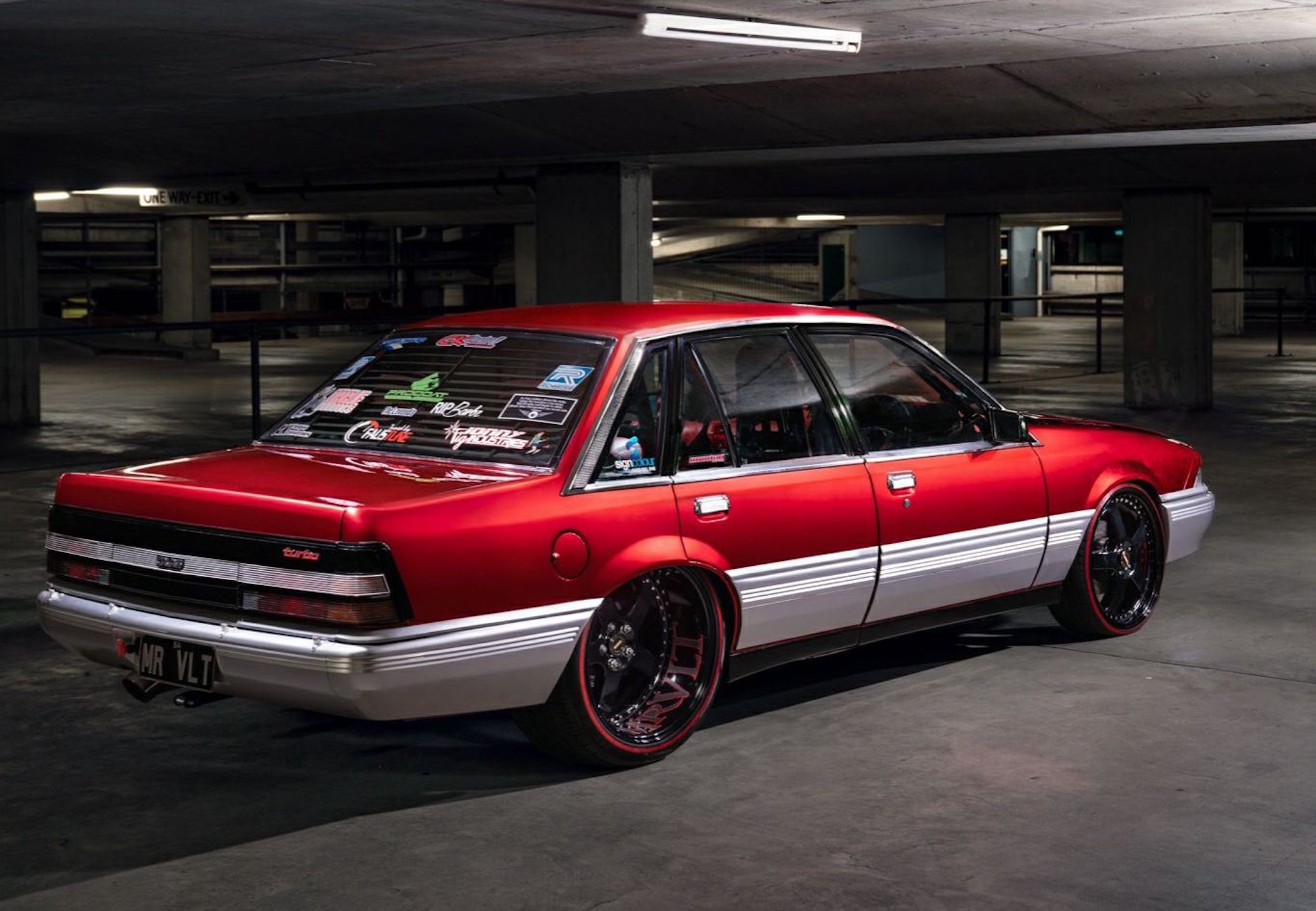
The Revolutionary VL Commodore
Of all the GMH-stamped metal that was ever turned in to Commodores, few of it remains as precious or as polarising as the VL - a wild reimagining of the Commodore that was riding high on a wave of the 80s, and boasting a bold new Nissan-sourced powerplant that released Australian motorists from the stranglehold of the aging Iron Lion V8 (until it too copped a birthday with some EFI in the VN).
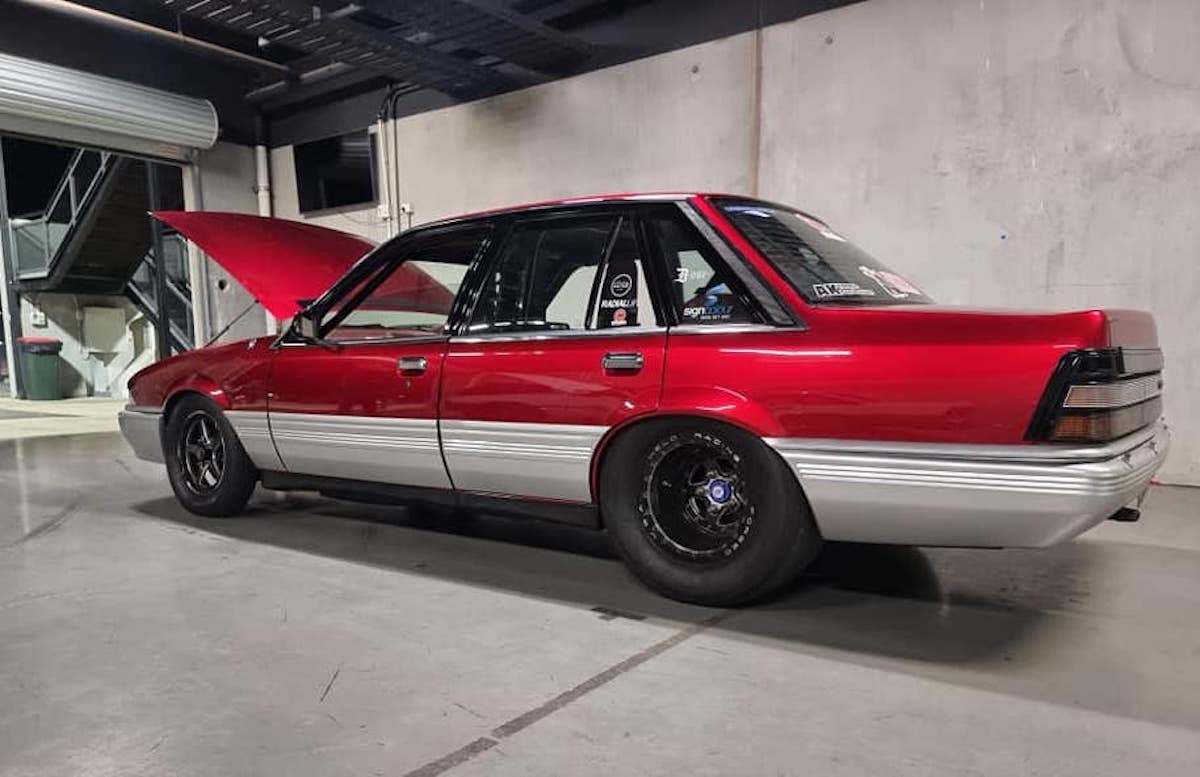
How the VL Turbo Became a Cult Icon
VLs, in particular the turbocharged Nissan straight six powered variants, shot to cult status and remain as divisive today as they were when they were released - you’ve either got on, or posters of them on your walls at home, or you rue the day they were released and consider them a scourge on the Australian car scene.
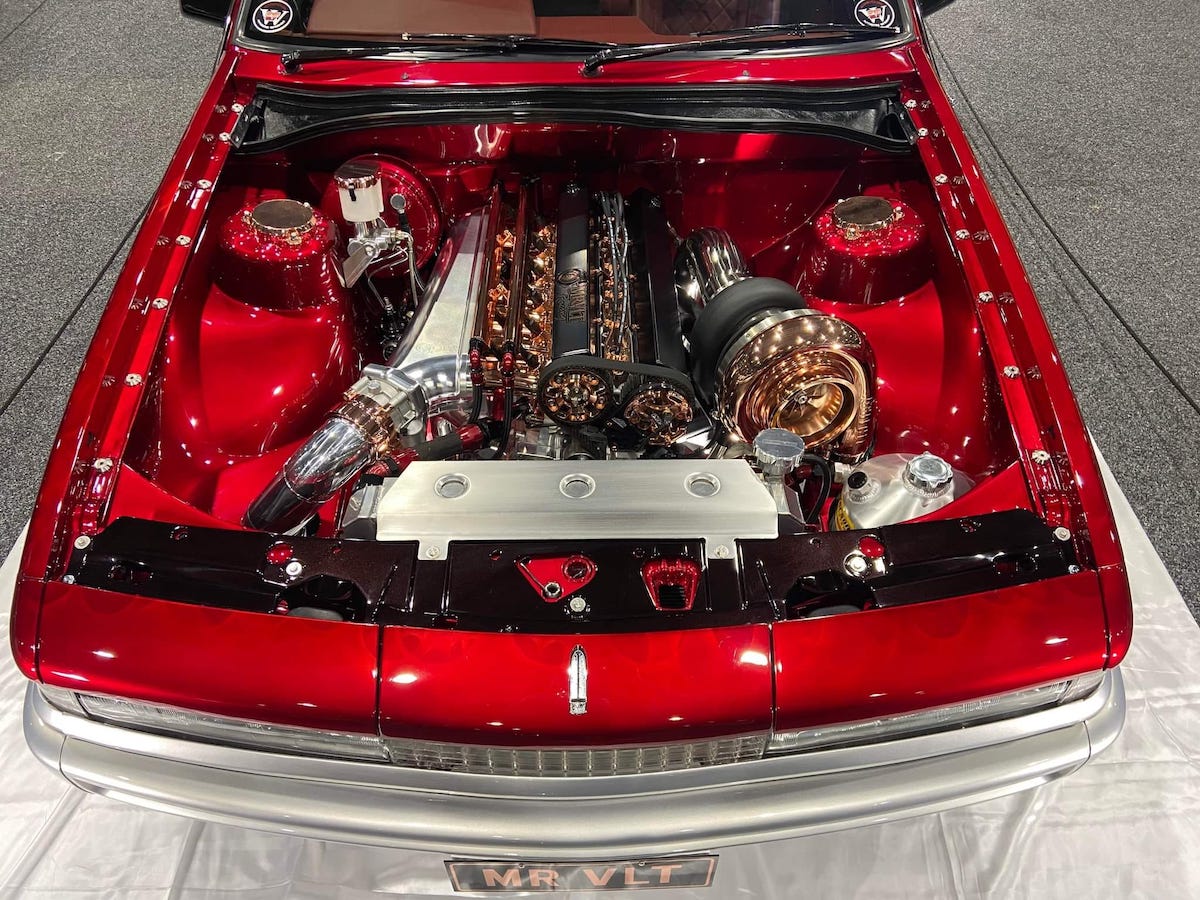
I could wax lyrical about the significant history of VLs in Australia, but the fact is I’m only interested in talking about one VL today - a car that I firmly believe to be Australia’s best VL, and that’s Alex Crisa’s MR VLT.

I first chatted with Alex when I wrote the car for Street Commodores magazine way back in 2007.At that stage, it was a candy-painted RB25/30 street car that to be honest any of us would be proud to own today, however the one thing that I believe makes MR VLT the country’s best VL is Alex’s relentless commitment to reinventing and refining the car, that’s constantly seen it at the forefront of styling and trends.
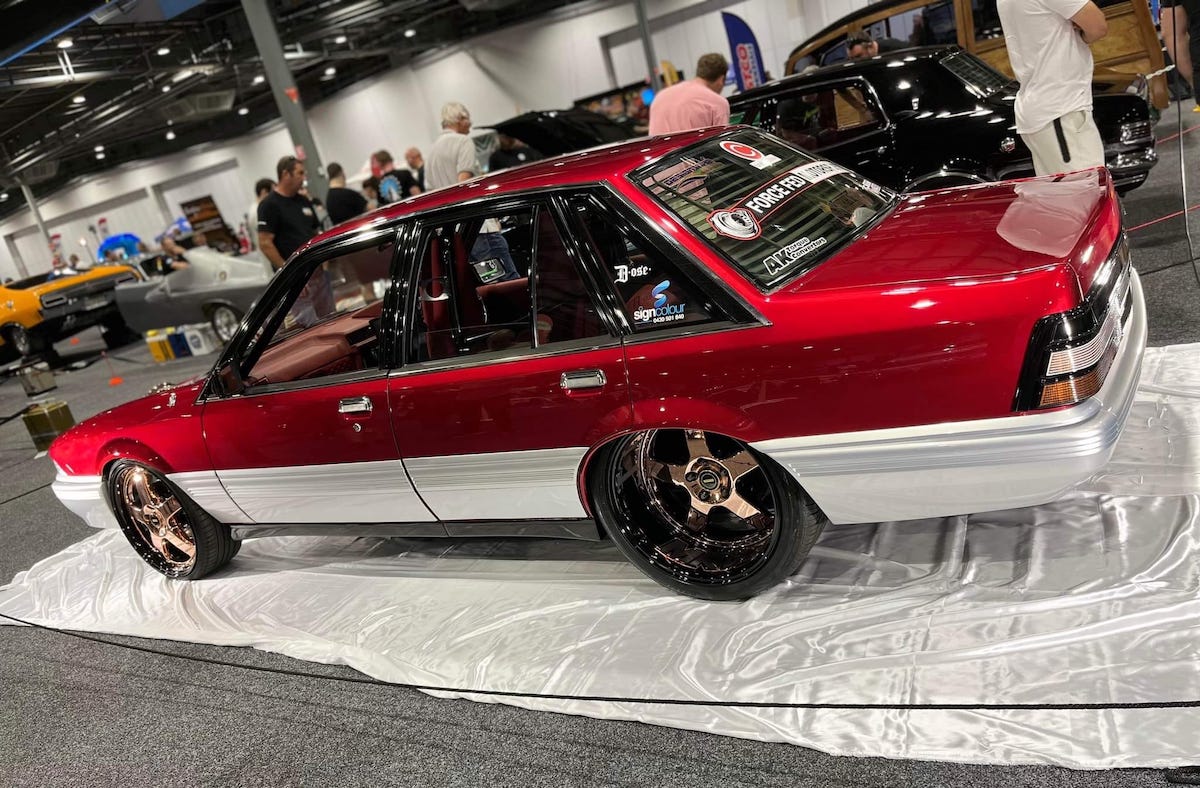
Between then and now, the car has gone through several different incarnations, including along the way being tubbed and caged. The red VY SS Commodore seats from the early 2000s are gone, in their place gorgeous red trimmed seats more fit for purpose, and depending on Alex’s mood the car can either be seen wearing Weld Wheels for the track, or giant FR Simmons that have recently had the centres coated in Rose Gold.
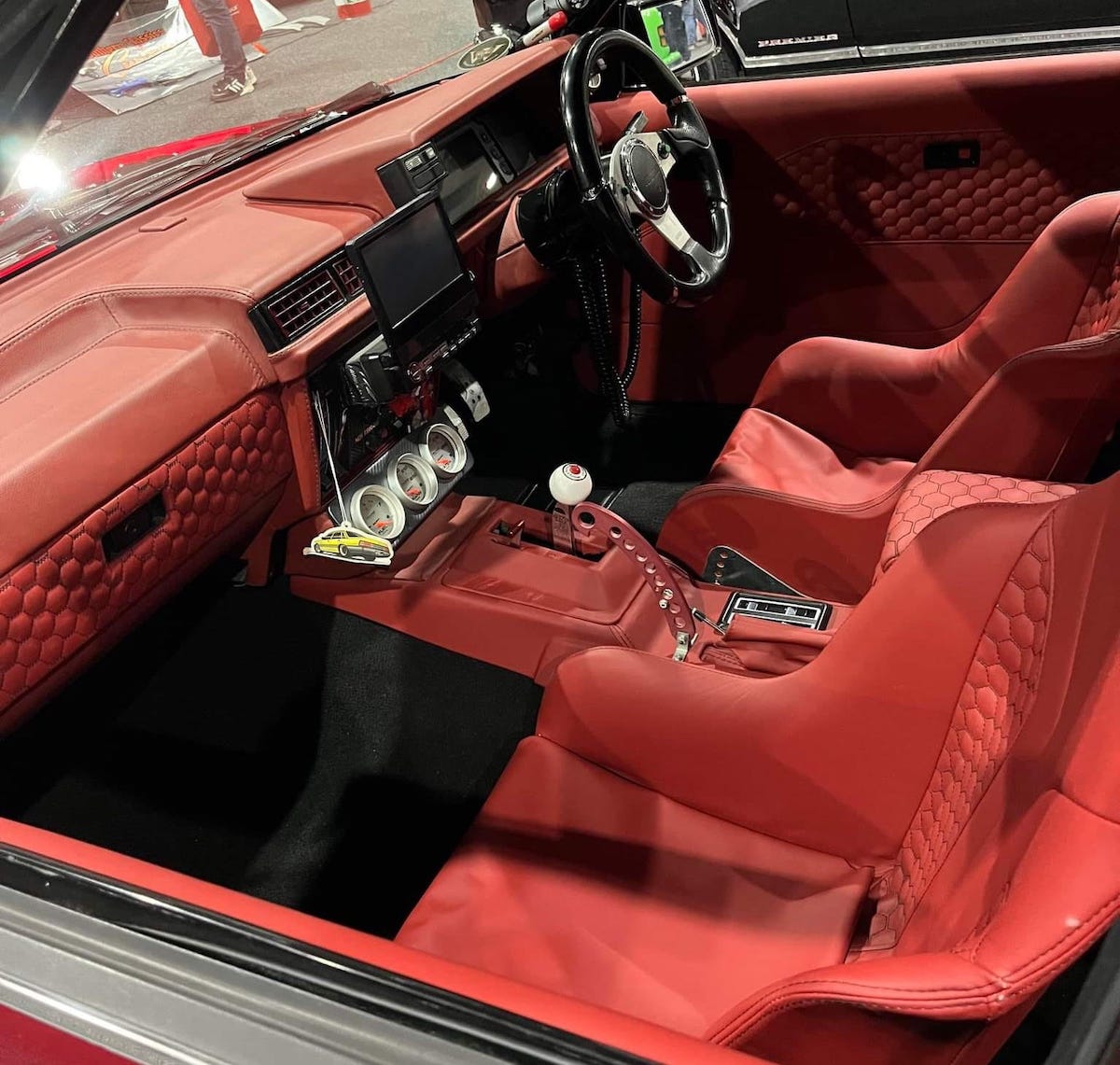
And while it’s easy to get lost in the car’s flawless styling and presentation, don't think for a second that the package is just about looks. The twin cam-headed RB30 engine has gone on a journey with the rest of the car. A previous engine combo made around 1,100hp and propelled the candy sedan to an 8.4ec quarter mile, but that combo has since been upgraded to an insanely-detailed 3.2L RB stroker, stuffed inside a billet block and capped with an RB25 head that Alex anticipates will make between 1,500-1,600hp and reward him with a 7sec timeslip for his efforts.
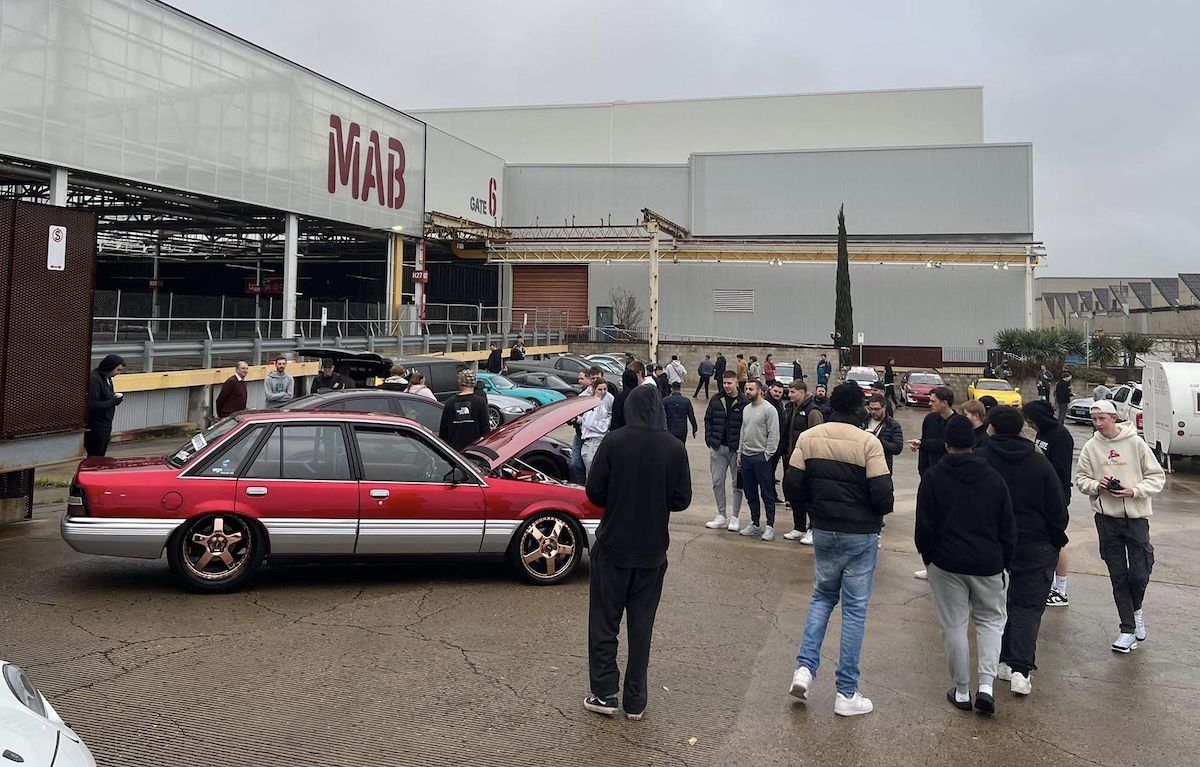
The car’s latest iteration debuted in late 2022 and not only maintains the consistently high standards Alex has set for himself with the various rebuilds, it resets the bar for VL Turbos around the country. It always looks immaculate, he’s not afraid to street drive it and he’s kept the RB engine when hundreds of others have lost faith in the Nissan six and gone the LS route instead.
Why Holden Chose the Nissan RB Engine
In the mid-1980s, Holden was facing two major challenges: the need to comply with stricter emissions regulations and the rising cost of developing its own engines. The aging Iron Lion V8 was not able to run on unleaded fuel, and it was becoming increasingly expensive to produce.
Nissan, on the other hand, had already developed a modern, fuel-efficient six-cylinder engine called the RB30E. This engine was well-suited for the VL Commodore, and it could be purchased from Nissan at a relatively low cost.
There were several other reasons why Holden chose the RB engine:
- It was lighter and more compact than the V8, which improved the Commodore's handling.
- It was more fuel-efficient than the V8, which appealed to Australian motorists who were increasingly concerned about fuel prices.
- It was a proven engine with a good reputation for reliability.
How the RB Engine Performed Compared to the Holden V8
The RB30E engine was a significant improvement over the Iron Lion V8 in terms of fuel efficiency and emissions. It was also more powerful than the base V8 option, and it offered much smoother and more refined performance.
However, the RB30E was not without its drawbacks. It was not as powerful as the top-of-the-line V8, and it did not have the same low-end torque. Additionally, some early versions of the engine were prone to overheating problems.
Overall, the RB engine was a good choice for the VL Commodore. It helped Holden to meet its emissions targets, and it offered a more modern and fuel-efficient alternative to the V8.
Tuning Options for the RB Engine
The RB engine is a popular choice for tuners because it is relatively easy to modify and it has a lot of potential for power. There are a wide variety of tuning options available for the RB engine, including:
- Turbochargers
- Performance air intakes and exhaust systems
- Camshafts
- Pistons and connecting rods
- Engine management systems
With careful tuning, it is possible to extract well over 500 horsepower from an RB engine.
Here are some of the most popular tuning options for the RB engine:
- Garrett T3/T4 turbochargers: These are a popular choice for street and track cars, as they offer a good balance of power and reliability.
- Greddy Intercooler kits: These are essential for preventing heat soak, which can lead to power loss.
- Apexi Power Intake Systems: These cold air intakes provide the engine with cooler air, which can improve power and efficiency.
- Tomei Poncams: These camshafts are a popular choice for street and track cars, as they offer a significant increase in power without sacrificing drivability.
- Wiseco Pistons and CP Carrillo Connecting Rods: These forged pistons and rods are stronger than the stock components, which can handle the increased power of a tuned engine.
- Haltech Engine Management Systems: These aftermarket ECUs allow you to precisely control the engine's tune, which can maximize power and performance.
Comments
No posts found










